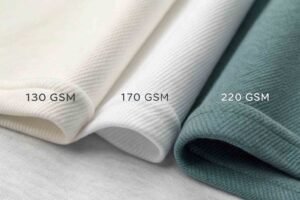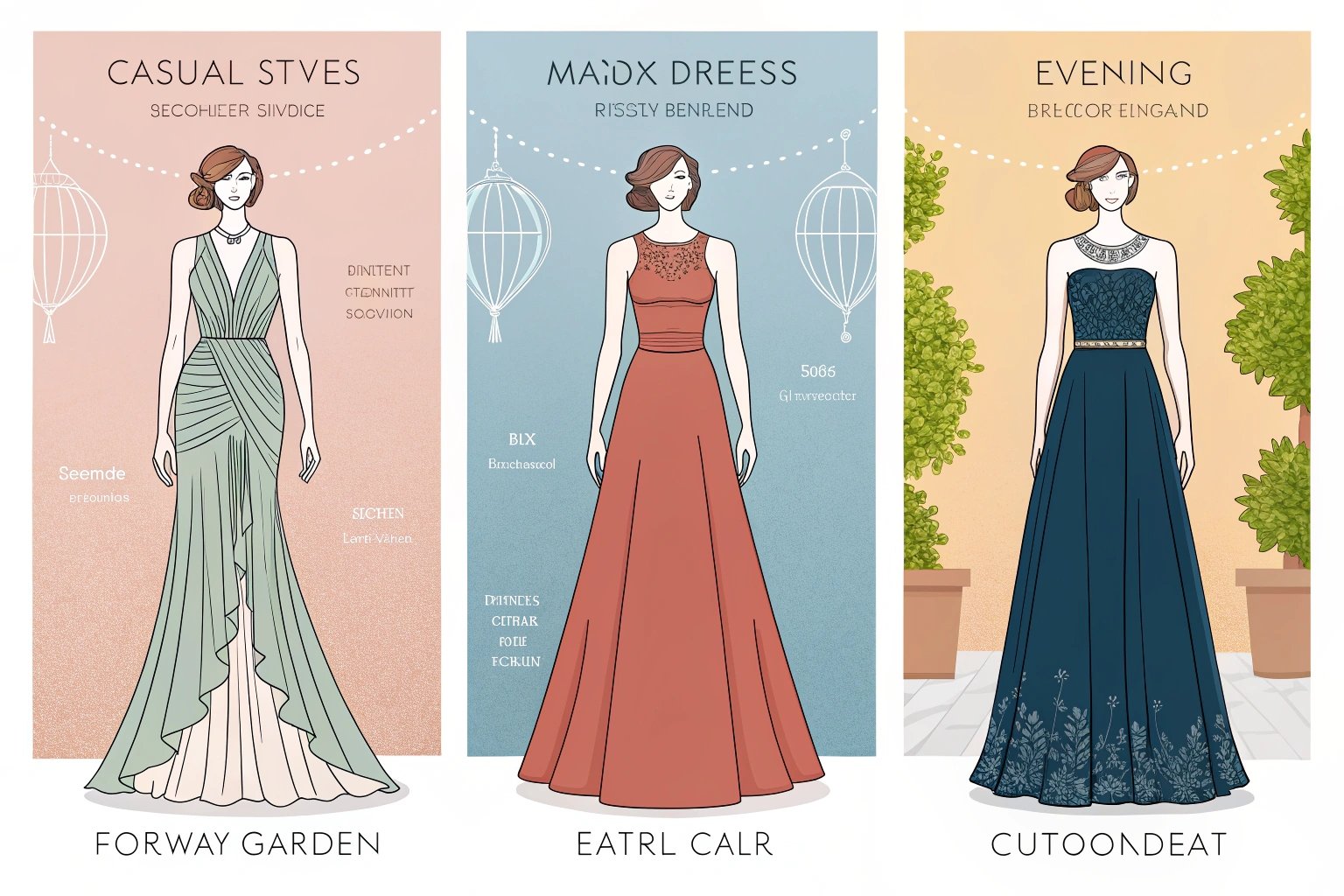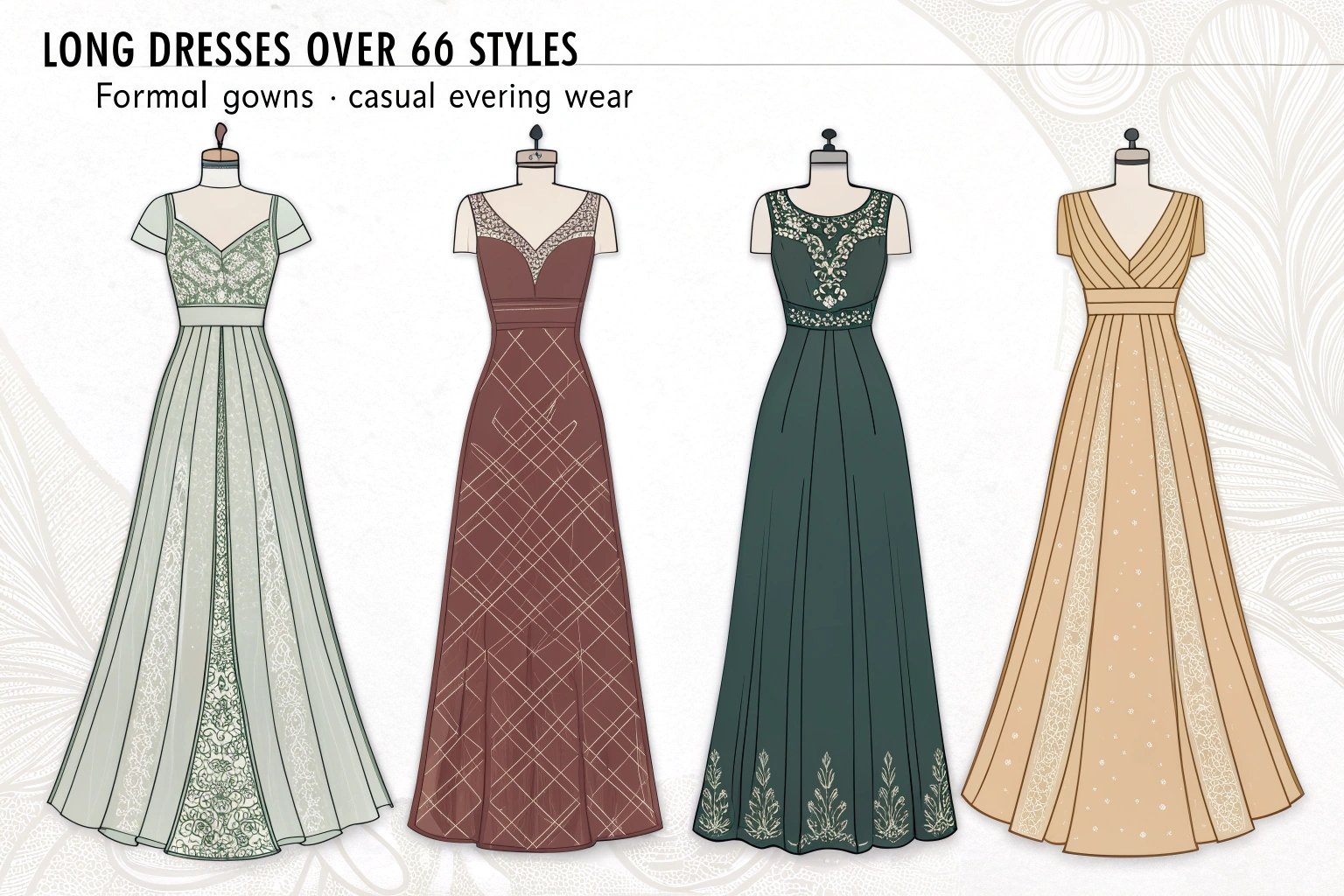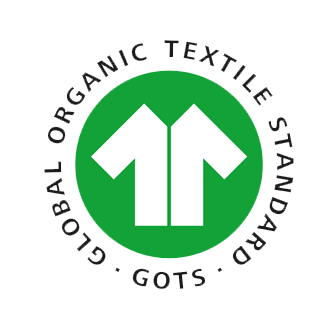Thin tees go limp. Heavy tees feel hot. I learned the hard way that “good” feels different in Miami than in Manchester. The simplest way to get it right is GSM. Set it early, test it, and lock it in your tech pack.
GSM (grams per square meter)1 measures fabric mass per area2 and signals thickness, density, and drape. For cotton T‑shirts, lightweight summer sits ~135–155 GSM, everyday retail ~165–185 GSM, and premium/heavy ~200–260+ GSM. The best GSM depends on climate, silhouette, print method, and your customer’s expectations—not a single magic number.
I’ll show how I measure GSM, map it to use cases, and pressure‑test fabrics so your tees feel right, print clean, and last.
What Does GSM Mean in T‑Shirt Fabric?
GSM is simple to calculate and powerful for controlling feel, opacity, and cost across mills and seasons.
We measure GSM by cutting a known area of fabric, weighing it, and converting to grams per square meter. GSM matters because it drives comfort, durability, opacity, shrinkage behavior, and print results. In production, I specify an after‑finish GSM with a ±5–7% tolerance to keep lots consistent.
How is GSM measured—and why do we standardize it?
Step‑by‑step measurement
- Cut 100 cm² with a GSM cutter (0.01 m²).
- Weigh the swatch (grams).
- GSM = grams × 100 (e.g., 1.72 g → 172 GSM).
- Take 5 cuts across the roll; record min/max/avg.
Why standardize?
- Keeps drape and fit3 stable across dye lots.
- Protects print quality4 (edge sharpness, show‑through).
- Anchors costing and yield per garment.
Quick behavior map by GSM
| GSM band | Handfeel | Opacity | Drape | Typical knit | Use cases |
|---|---|---|---|---|---|
| 120–150 | Airy, cool | Lower | Fluid | Single jersey 30s | Summer, layering, promo |
| 160–190 | Balanced | Good | Stable | Single jersey 24s–26s | Daily retail basics |
| 200–230 | Firm/structured | High | Boxy | Compact jersey / interlock | Streetwear, heavy basics |
| 240–280 | Dense, warm | Very high | Structured | Interlock / heavy jersey | Premium/winter tees |
Yarn & finish change the feel at the same GSM. Ring‑spun + combed + compact often feels “heavier” and cleaner than open‑end at equal GSM.

What GSM Range Is Considered the Best for T‑Shirts?
I don’t pick a single number; I pick a range and a tolerance, then test. That’s how we stop weight drift in bulk.
Lightweight summer T‑shirts work best at ~140–155 GSM for airflow. Everyday retail basics land ~165–185 GSM for balance. Premium, heavy‑weight, or winter tees sit ~200–260+ GSM, often using compact jersey or interlock for crisp hems and stable prints.
Match GSM to climate, silhouette, and price point
| Segment | Target GSM | Yarn/Knit | Why it works | Watch‑outs |
|---|---|---|---|---|
| Tropical/Summer | 145 ±5 | 30s ring‑spun single jersey | Breathable, soft | Light colors may need tighter knit for opacity |
| Everyday Retail Basic | 175 ±7 | 24s–26s ring‑spun, compact | Best balance of hand/opacity/cost | Hold shrinkage ≤4% |
| Streetwear/Boxy | 210–230 | Compact jersey / interlock | Structured drape, sharp prints | Can feel warm in humidity |
| Premium/Winter | 230–260 | Interlock/heavy jersey | Lux hand, warmth | Higher cost and cure temp control for prints |
| Promo/Event | 150–160 | Open‑end jersey | Budget‑friendly | Spirality, rougher hand |
Climate tweaks
- High humidity? Drop 10–15 GSM for comfort.
- Oversized blocks? Add ~10 GSM to keep the body controlled.
How a Tops Manufacturer Decides on the Right GSM for Production
We start with who will wear it and where, then map to silhouette and decoration. Finally, we verify in the lab and on the print table.
Target customers and climate drive GSM choice; brand positioning sets yarn grade and finish. We balance weight, cost, and longevity by pairing the right GSM with compacting, bio‑polish, and a shrinkage/spirality spec.

From brief → spec → signed‑off fabric
A) Translate the brief
- Casual retail: 170–180 GSM, ring‑spun, combed, compact finish; enzyme (bio‑polish) for a smooth print face.
- Athletic crossover: 160–175 GSM cotton/poly (60/40 or 52/48) with wicking; DTG needs higher cotton %.
- Corporate/promo: 150–160 GSM open‑end; prioritize cost and color availability.
B) Balance weight, cost, durability
- Cost driver: GSM ↑ → fabric kg/garment ↑ → unit cost ↑ (and freight weight ↑).
- Longevity driver: Dense knit + compact finish at 175 GSM can outlast a loose 200 GSM.
- Comfort driver: Keep hand soft; avoid over‑stiff interlock in hot markets.
C) Fabric tests we run to lock accuracy
| Test | Purpose | Targets I set |
|---|---|---|
| GSM (5 cuts) | Confirm weight | ±5–7% within lot |
| Shrinkage (wash/dry) | Post‑care fit | ≤4% L/W |
| Spirality | Side‑seam twist | ≤3% |
| Pilling (Martindale) | Surface life | Class ≥4 @5k rubs |
| Burst/Tear | Seam durability | Per size/spec |
| Colorfastness & Crock | Dye stability | Dry ≥4, Wet ≥3.5 |
How GSM Affects Comfort, Style, and Longevity
Heavier isn’t automatically better. Weight helps opacity and print stability, but fiber, yarn, density, and finish can beat raw grams.
A higher GSM can feel hot and stiff in humid climates, while a dense mid‑GSM compact jersey5 delivers comfort and shape retention. GSM also affects how prints/embroidery sit: heavier, tighter knits keep edges cleaner and avoid show‑through.
Fit, print, and structure—what really changes with GSM
1) Comfort & drape
- Lower GSM: more airflow, more fluid drape; risk of transparency.
- Mid GSM (165–185): balanced hand, predictable shrinkage.
- High GSM (200+): structured silhouette; can feel warm; great for boxy fits.
2) Decoration performance
| Method | Best base | Why |
|---|---|---|
| Screen (plastisol/water‑based) | 170–220 GSM, compact jersey | Crisp edges, limited bleed |
| DTG | 170–200 GSM, ring‑spun, bio‑polished | Smooth face, better pre‑treat hold |
| DTF/Heat transfer | 160–210 GSM | Base resists wrinkling/lift |
| Embroidery | 180–220 GSM | Less puckering, cleaner satin |
3) Longevity
- Compact finishing reduces fuzz/pilling at the same GSM.
- Pre‑shrink & skew control protect side seams and hem shape.

Tips for Working with a Tops Manufacturer to Achieve the Ideal GSM
Lock the spec in writing, test early, and seal a golden sample set (pre‑ and post‑wash). That’s how you keep weight and hand steady in bulk.
Ask pointed questions, compare three nearby GSM options, and run your real print/embroidery on each swatch. Approve fabric first, then garment. Include GSM, shrinkage, and spirality checks in the PO.
Your pre‑production playbook
Questions to ask your manufacturer
- What is the after‑finish GSM and tolerance?
- Yarn type (ring‑spun/open‑end), combed or carded, and yarn count?
- Knit (single jersey vs interlock) and compacting level?
- Shrinkage/spirality after one full care cycle?
- Can you send three dye lots for GSM and hand comparison?
How to test fabric samples for accuracy and consistency
- Request 165 / 175 / 195 GSM swatches in the same color.
- Weigh 5 cuts per swatch; wash/dry once; re‑weigh and re‑measure.
- Run your actual decoration (screen/DTG/DTF/embroidery) on each.
- Check edge sharpness, strike‑through, puckering, and post‑cure hand.
- Seal golden samples (pre‑wash & post‑wash) with measured GSM written inside neck tape.
- Add AQL + lab lines (GSM, shrinkage, spirality, pilling) to the PO.
Conclusion
There is no universal “best” GSM. The right range comes from customer, climate, silhouette, and decoration, verified by lab and line tests. Choose a target band, define tolerances, compact for a cleaner face, and seal golden samples. Do this, and your tees will feel right, print clean, and keep their shape—collection after collection.
-
Understanding GSM is crucial for selecting the right fabric for T-shirts, ensuring comfort and durability. ↩
-
Understanding how fabric mass is measured can help you choose the right material for your needs. ↩
-
Explore how GSM influences the drape and fit of T-shirts for better styling choices. ↩
-
Understanding the relationship between GSM and print quality can enhance your T-shirt designs. ↩
-
Discover the benefits of compact jersey fabric for T-shirts, including durability and print quality. ↩









